REVEALED: The US has suffered a record 23 billion-dollar climate disasters so far this year costing an eye-watering $57.6 BILLION – as tornadoes, wildfires and flooding ravaged the nation
Hundreds of Americans will have died from climate disasters by 2023, which has already broken records for the highest number of billion-dollar disasters in a single year.
The National Center for Environmental Information has released eye-popping numbers on the human and financial costs of recent weather events after Hurricane Idalia and this year’s horrific Maui wildfires tipped the scales.
With four months to go, the US has been hit by 23 disasters, each causing losses of at least $1 billion – surpassing the previous annual record of 22 events with a ten-figure price tag in 2022.
About 253 people have died this year in climate disasters, which have taken a financial toll of $57.6 billion — and that cost doesn’t include Hurricane Idalia.
Adam Smith, the NOAA applied climatologist and economist who maps the multibillion-dollar disasters, likened them to “the fingerprints of climate change across our country.”
With four months to go, the US has been hit by 23 disasters, each causing losses of at least $1 billion (mapped) – eclipsing the previous annual record of 22 events with a 10-figure price tag in 2022 .
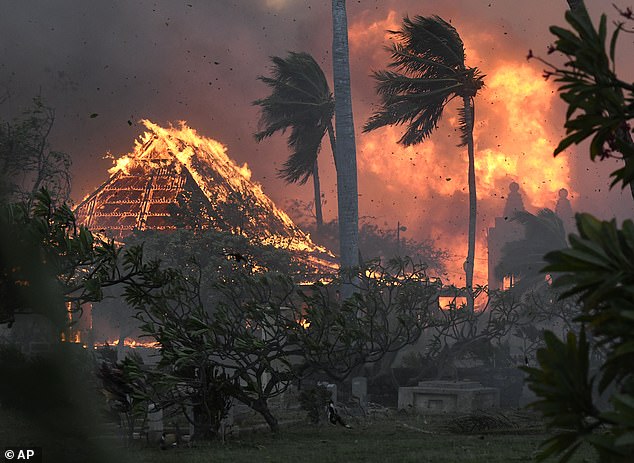
About 115 people are believed to have died in the Maui wildfires that destroyed parts of the island, including the historic Old Town of Lahaina, in early August this year.
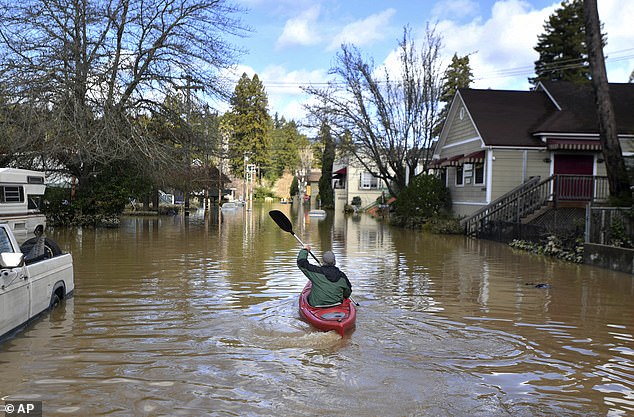
Southern California was flooded by extreme rainfall in February this year, turning residential roads into rivers
“I don’t expect things to slow down anytime soon,” he said.
Several other events may also have crossed the billion dollar mark this year, including the drought in the South and Midwest, and Tropical Storm Hillary that ravaged Southern California this summer.
Along with the wildfires in Idalia and Hawaii, the 23 devastating events included 18 severe storms in several states – including tornadoes, high winds and hail storms – two major floods and one winter blizzard.
They range from the winter storm that hit the Northeast from February 2 to 5 – when record-breaking wind chills of -104F were felt on Mount Washington in New Hampshire, to monster hail that pelted Minnesota on August 11.
Other storms reached “severe” status – meaning when they pose a risk to life – in states including Nebraska, Missouri, Michigan, Ohio, Tennessee, Georgia, Illinois, Indiana and Wisconsin.
Both the frequency and costs of disasters are increasing over time due to climate change, an increase in the number of areas being built in risk-prone locations and an increase in material wealth among the population, according to NOAA.
“Exposure plus vulnerability plus climate change means more of these disasters become multi-billion dollar disasters,” Smith said.
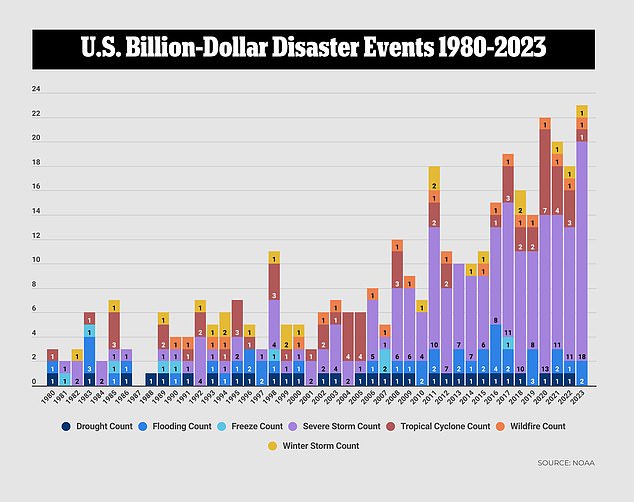
This year has already broken records for the highest number of billion-dollar disasters in a single year, with 23 so far
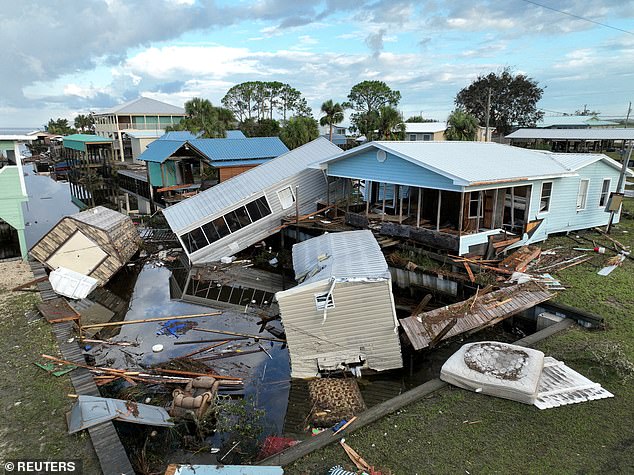
Homes and businesses in Florida were destroyed by Hurricane Idalia in August
The price tag of each disaster covers the direct costs of physical damage to buildings, vehicles, property, infrastructure and agricultural assets, including crops and livestock.
NOAA has been tracking billions of dollars worth of weather disasters in the United States since 1980 and adjusts damage costs for inflation.
Since records began, the US has experienced as many as 360 separate weather and climate disasters, with total damages exceeding $1 billion, based on CPI adjustments through 2023.
The total cost of these 360 events exceeds $2.570 trillion.
NOAA has said that while $1 billion is an arbitrary threshold, events above the eye-popping figure account for well over 80% of the damage from all weather and climate events in the US.
Weather disasters costing ten-figure sums or more account for an increasing percentage of the cumulative damage from all climate-related events.
Since 1980, the annual average of disasters costing more than $1 billion has been 8.1 – while the annual average for the most recent five years is 18 events.
Although annual figures on the financial toll of all climate incidents fluctuate, overall they are increasing.
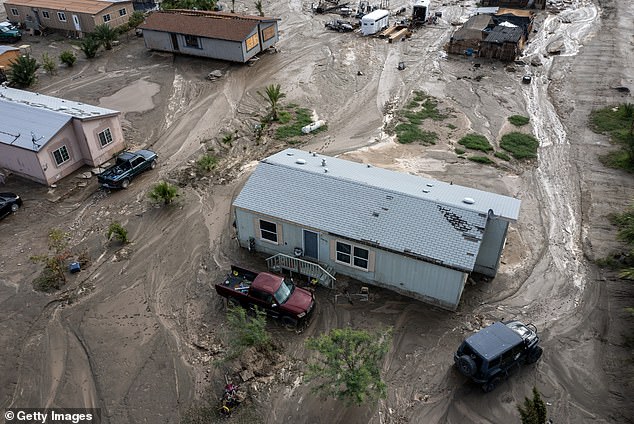
In an aerial view, mud surrounds homes damaged by a flash flood caused by a monsoon thunderstorm that quickly dropped four inches of rain in a region still recovering from Tropical Storm Hilary on September 2, 2023 in Thermal, California
The combined cleanup costs of climate disasters in 2022 totaled $177.6 billion, compared to $159.4 billion in 2021 and $117.3 billion in 2020.
Hurricane Harvey made 2017 a record year after ripping through Houston, Texas, one of America’s largest cities, in August of that year.
Harvey damage alone contributed more than $125 billion to 2017’s record of $383.7 billion.
A record 3,280 people died that year due to climate events in America.
The second most expensive year was 2005 at $260.3 billion, after no fewer than four devastating hurricanes tore through North America: Dennis, Katrina, Rita and Wilma.
